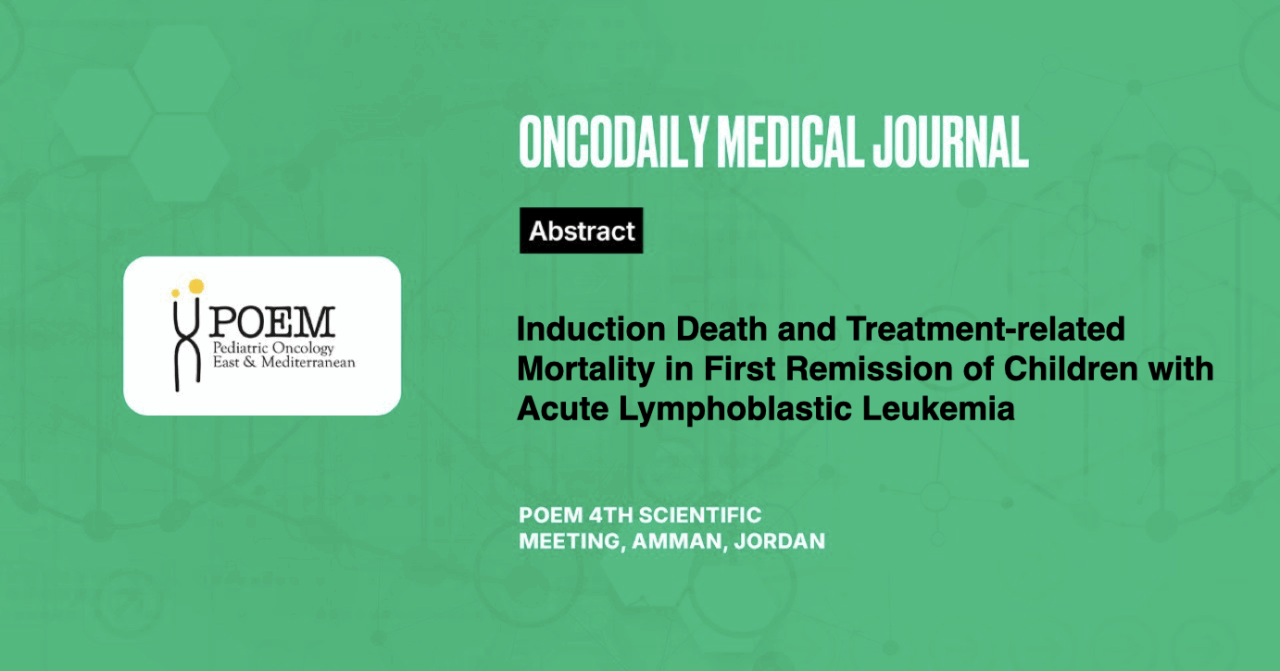Induction Death and Treatment-related Mortality in First Remission of Children with Acute Lymphoblastic Leukemia
Abstract
Introduction: In the management of childhood acute lymphoblastic leukemia (ALL), 5% of treatment failures are attributed to induction death and treatment-related deaths during the first complete remission.
Methodology: We retrospectively analyzed the incidence, patterns, and causes of death among 400 children with ALL treated according to the St. Jude Total XV protocol from September 2017 to June 2023.
Results: The estimated incidence of death was 3.8% (n=15/400); Induction death 2.2% (n=9/400), death in Remission 1.5%(N= 6/400). The majority (80%, n=12) died during the intensive chemotherapy phase (n=9 during induction, n=1 during re-intensification, n=1 during FLAG induction, and n=1 during Reinduction II/week I). Three patients died during the maintenance phase. The median age was 12 years; 9 children were female, and 7 had T-cell ALL. Eleven patients received dexamethasone before the event. Infection was the most common cause of death (n=14), including bacterial (MDR, ESBL gram-negative sepsis), fungal, and viral infections (COVID-19, herpes simplex, varicella zoster). One patient died from extensive sinus vein thrombosis. Other factors associated with death in remission included delayed referral (non-Jordanian: Syrian, Iraqi, Yemeni), prior steroid treatment before referral, poor nutritional status (n=1), and age ≥10 years.
Conclusion: We identified a distinct subset of patients at higher risk of death who may require special attention during intense chemotherapy. Strategies to reduce infection-related deaths in pediatric patients with ALL include close monitoring, stringent infection control, immediate administration of appropriate antibiotics, early detection of opportunistic infections through screening, and modified, tailored chemotherapy for patients with poor nutritional status and active infections during induction.





